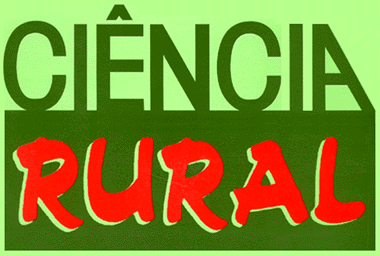ABSTRACT:
Pequi is propagated mainly by the seminal pathway (seminal route) and presents an uneven and reduced germination. The increasing demand for fruits and seedlings for reforestation indicate the need for new strategies for the propagation of this species which would minimize the negative impact of predatory extractivism on Caryocar brasiliense. The present study aimed to assist the development of a protocol for the cutting of the pequi tree (pequizeiro). Different ages of the matrix plant and levels of foliation and pruning were assessed through the collection (sampling) of cuttings (stakes) from plants in the field. It was noted that cuttings (stakes) from seedlings (young plants) have greater rooting capacity when compared to cuttings derived from adult plants. Pequi leafless stakes failed to root. In contrast, stakes with 50% of leaflets cut from their original size showed 2.5% of rooting whereas those with 6 leaflets showed 22.5% of rooting. Stakes from pruned apical branches exhibited 21.2% of rooting. Both callogenesis and rooting of pequi stakes demonstrated the potential of this particular species from the Cerrado (Brazilian savanna) for cutting.
Key words:
pequi fruit (souari nut) (Caryocar brasiliense); native fructiferous species of the Cerrado (Brazilian savanna); asexual propagation
